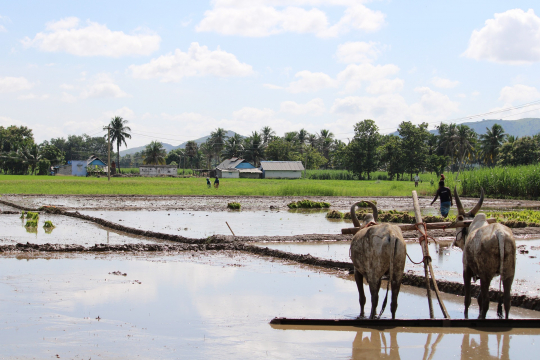Abstract
This paper studies the impact of high global rice and wheat prices on household welfare in India. I use the 2007–08 surge in global food prices and household share of area under rice and wheat at the baseline to show that rice and wheat cultivating households gain from high prices. These welfare gains mainly accrue to net producers. I observe that net producer households were able to maintain their per capita spending and consumption of rice and wheat by decreasing consumption of market purchased rice and wheat and increasing consumption of government-subsidized rice and wheat. Net consumers, on the other hand, experienced a decline in the total per capita consumption of rice and wheat even though they substituted their market purchases with homegrown produce and subsidized grains. The role of in-kind food transfers in insulating households from high prices was evident for both net producers and consumers. The combined effect of substitution within food staples from different sources was that both net consumer and producer households could maintain their total calorie intakes and resist an increase in the total food expenditure. Finally, I find evidence that high rice and wheat prices induced working-age adult males in net producer households to increase total workdays and workdays on their own farm.

